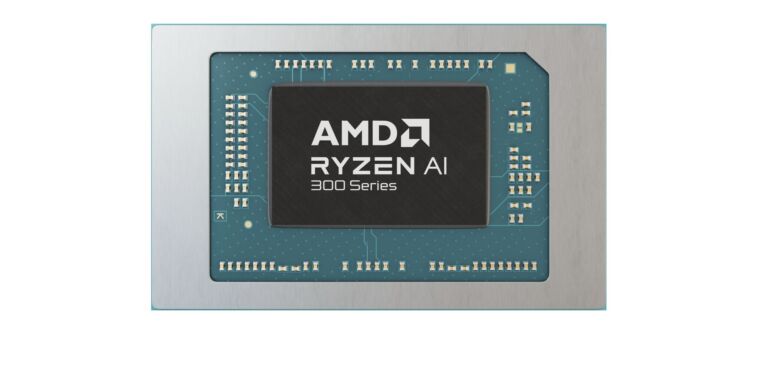AMD Introduces New Naming Scheme for Ryzen AI Laptop Processors
Less than two years ago, AMD announced a revamped numbering scheme for its laptop processors. However, the system faced criticism for potentially misleading customers by emphasizing the first digit, which could change yearly without substantial improvements. Today, AMD is addressing this issue by ditching the complex naming system and returning to a more conventional approach.
The New Naming System
The latest Ryzen AI laptop processors, codenamed “Strix Point,” will use a simpler three-digit model number. The first digit indicates the generation, while the last two digits denote the specific SKU. This change aligns AMD more closely with Intel, as both companies are now using three-digit numbers for their processors.
For instance, the Strix Point processors will start with the 300 series, signifying the third generation of Ryzen laptop processors with neural processing units (NPUs). Notably, existing 7040-series and 8040-series processors with NPUs will not be retroactively renamed.
Implications for the Market
While this shift simplifies the naming process, it highlights the challenges in creating a consistent and straightforward system. AMD’s decision reflects the complexities of the market, where various factors, such as the demand for annual updates and the need to differentiate chip subsets, come into play.
- PC OEMs often expect new products each year, despite longer development cycles for chipmakers.
- Casual users may not benefit significantly from performance upgrades, prolonging the viability of older chips.
- Different market segments require tailored chips, such as those with vPro capabilities.
- Binning chips to minimize waste and manage costs is a common practice in the industry.
Comparison with Apple
Apple’s approach to chip naming, with clear indicators of generation, performance level, and core count, is seen as a model for simplicity. However, Apple’s unique position as a hardware and software integrator sets it apart from traditional chipmakers.
In returning to a more traditional numbering system, AMD aims to provide a familiar framework for consumers. While not without its flaws, the new approach aligns with recent rebranding efforts by Intel and Qualcomm, bringing a sense of order to a complex landscape.
Image/Photo credit: source url




